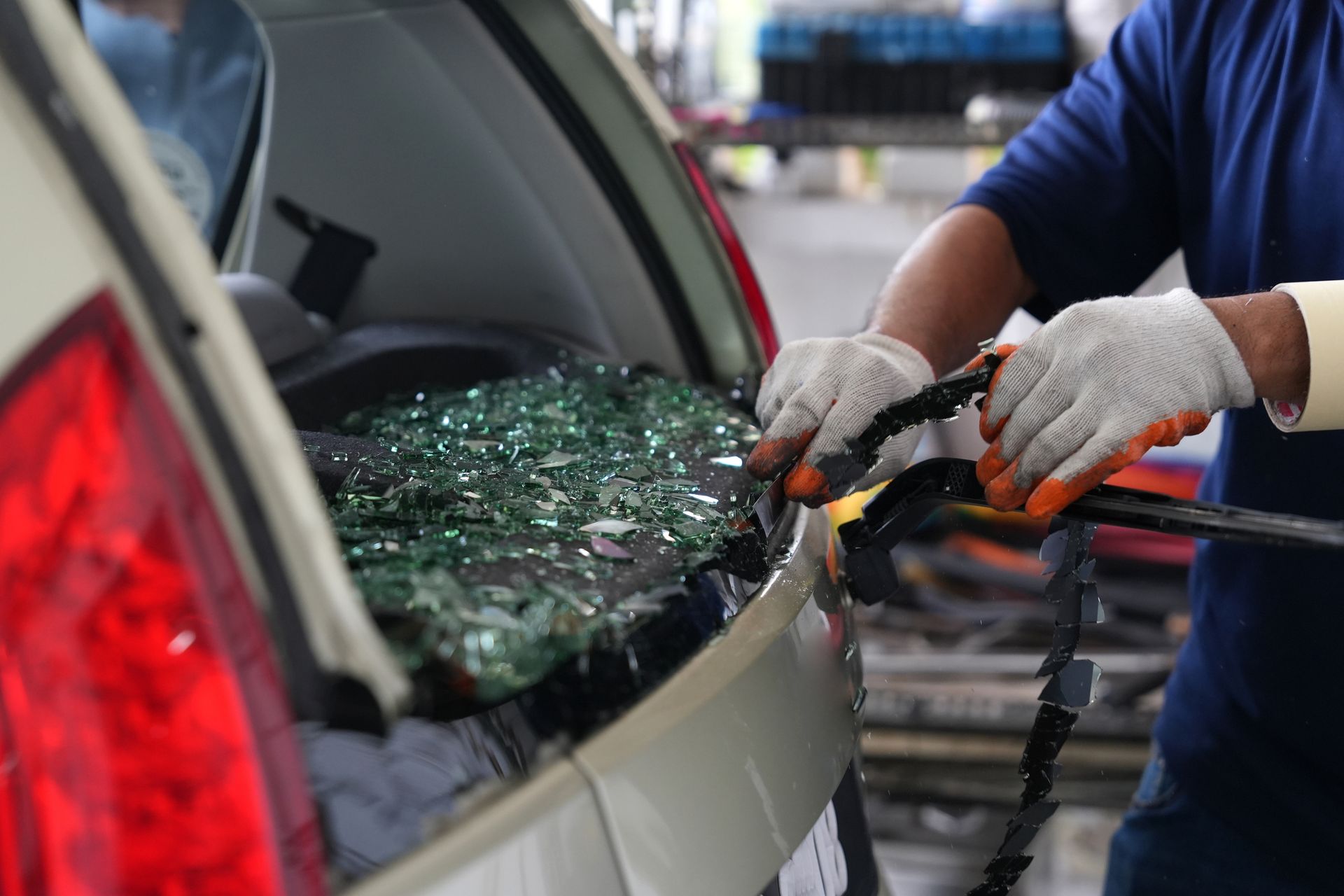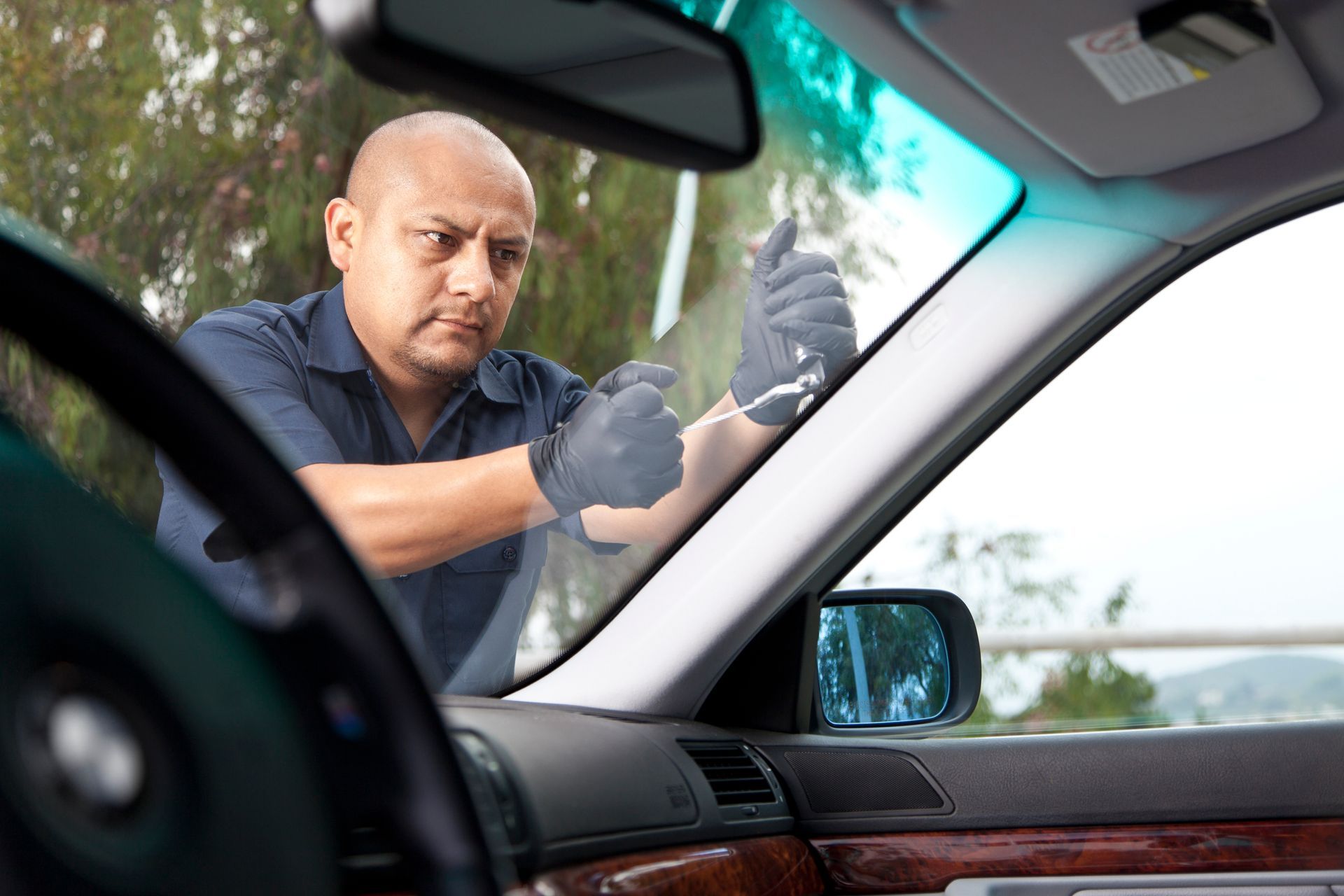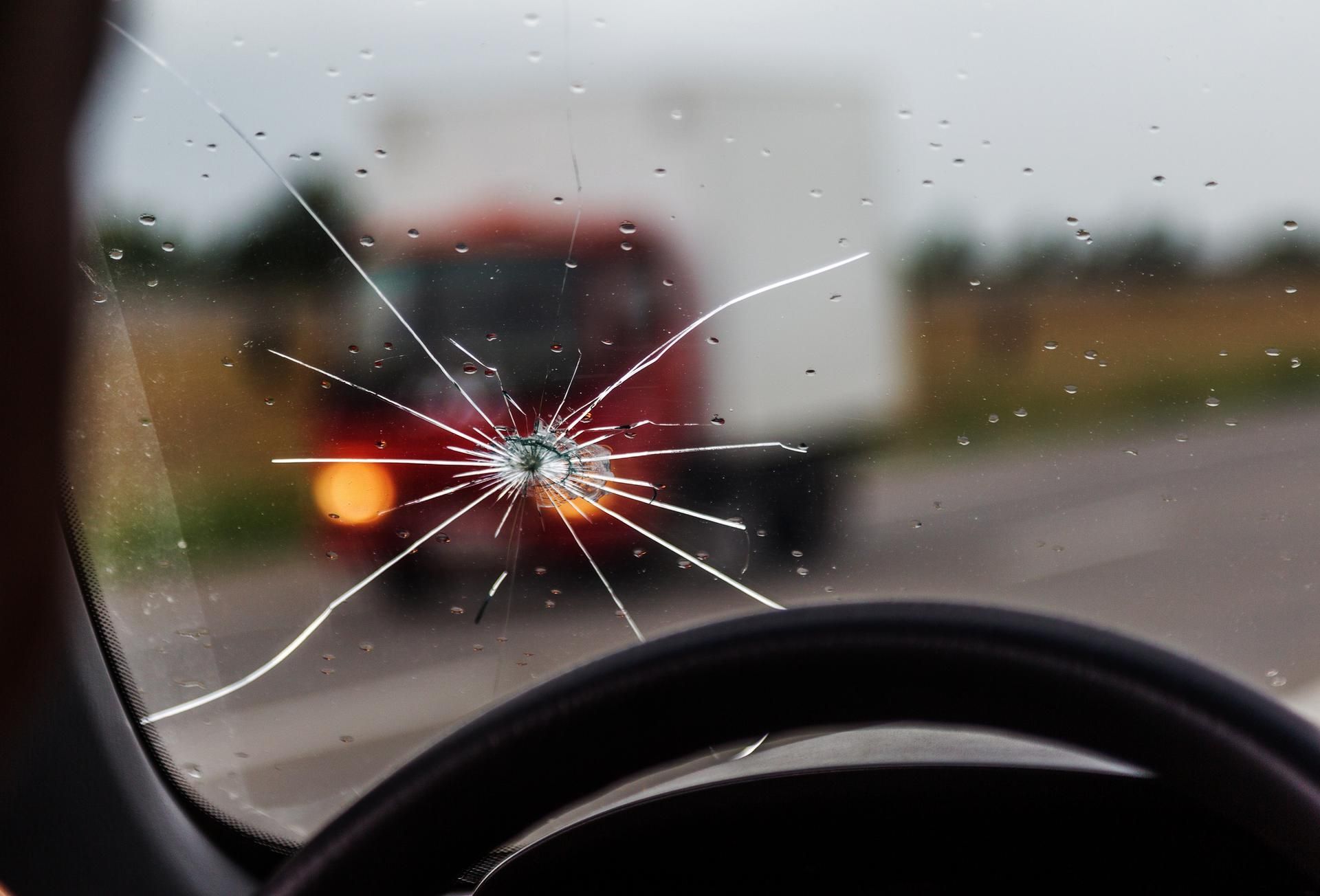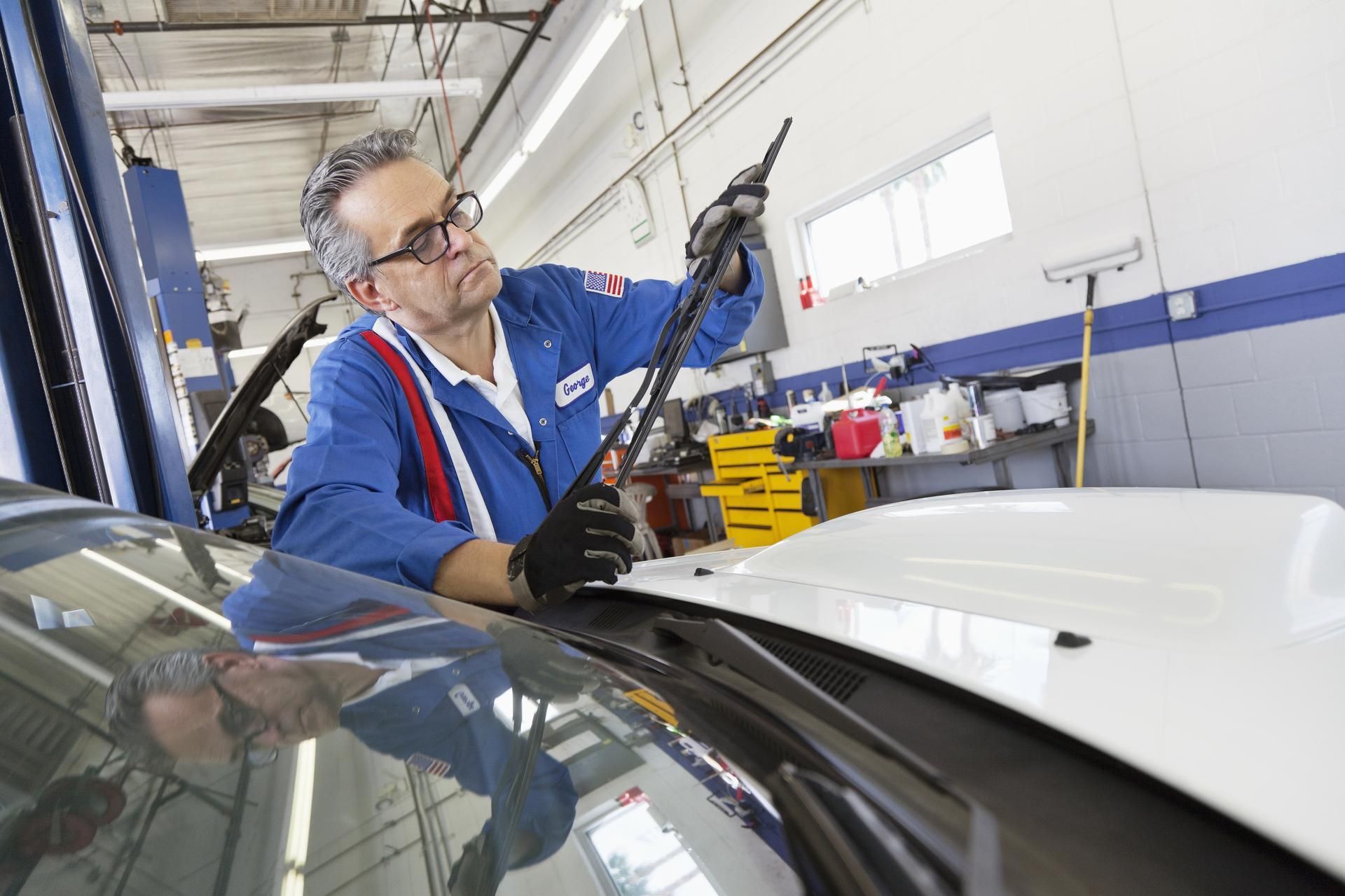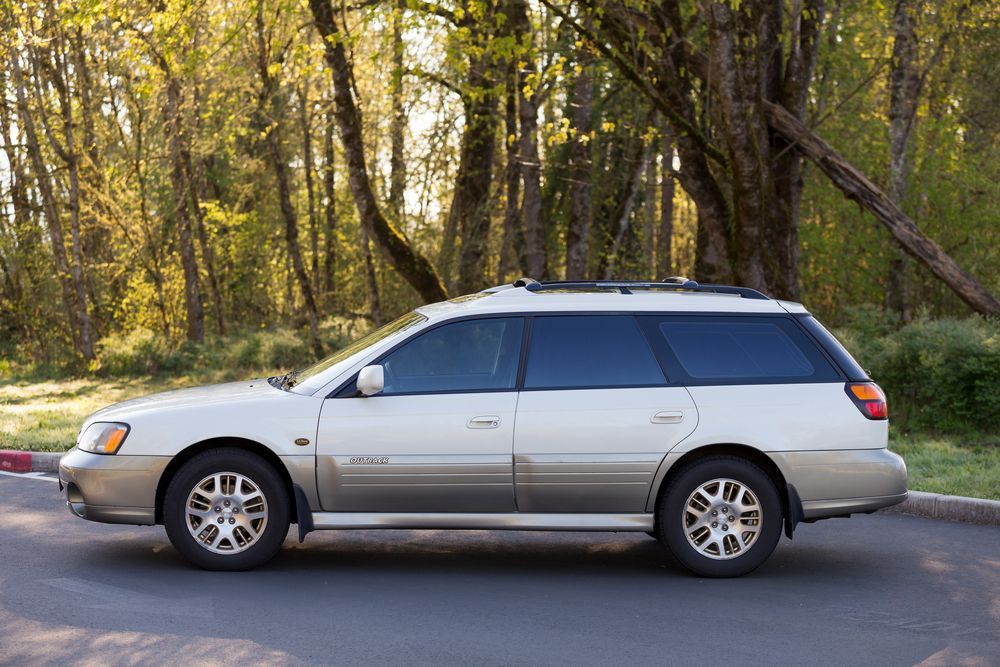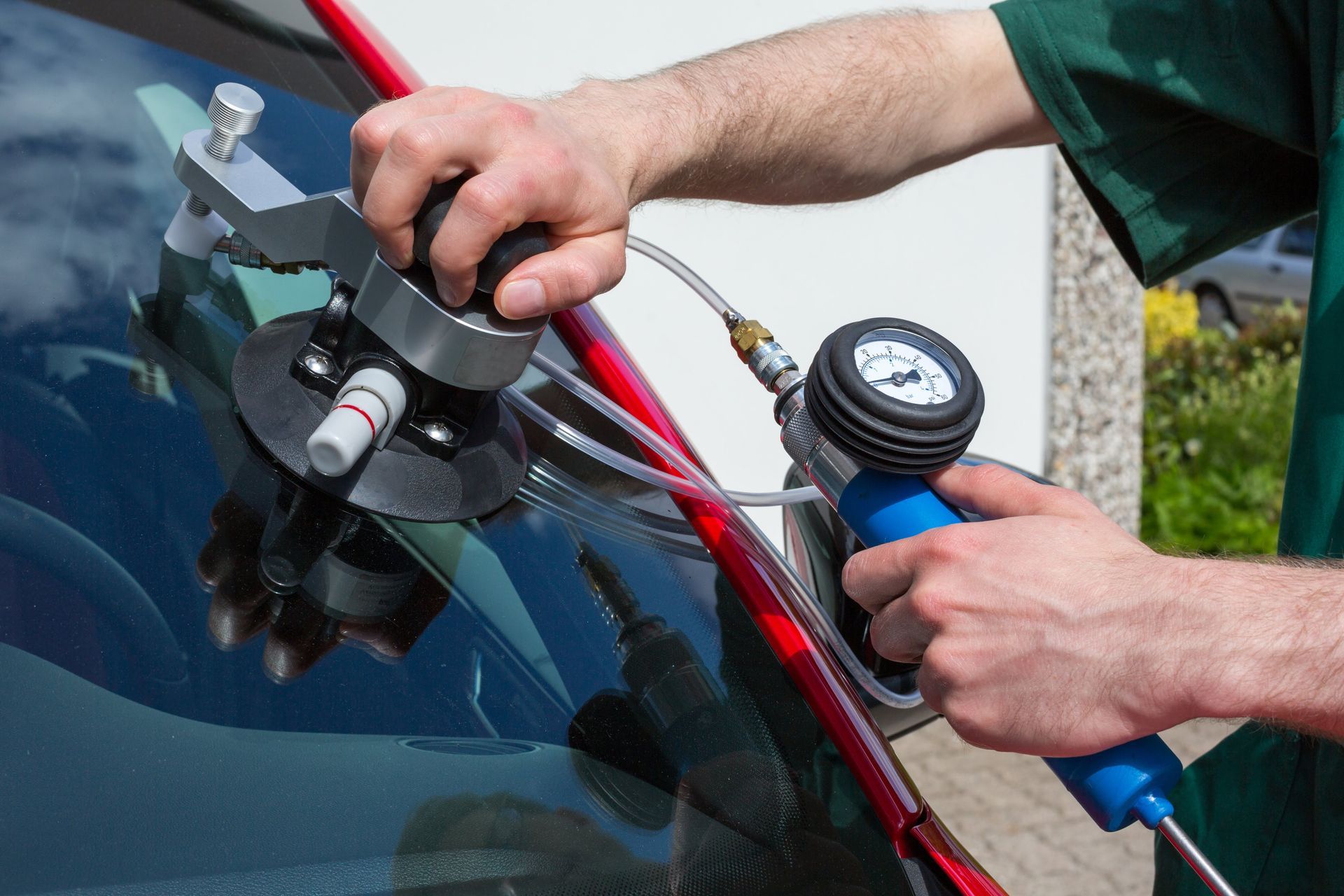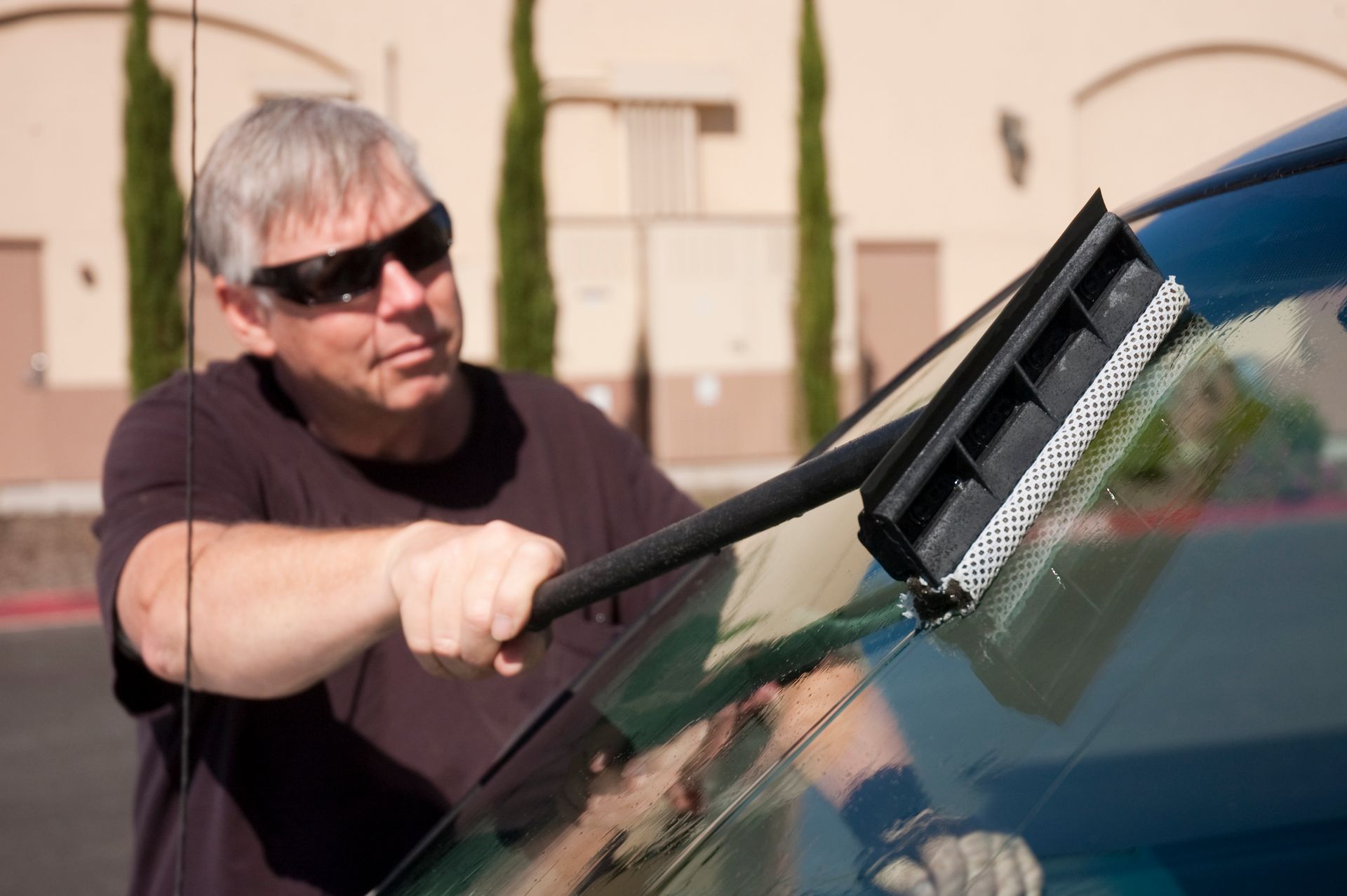3 Tips To Care for Your Vehicle's Sunroof

Whether cruising down the open road or simply enjoying the cityscape, a sunroof can transform your driving experience into an exhilarating adventure. However, your vehicle's sunroof requires proper care and attention to ensure its longevity and functionality. Learn three essential tips that will not only help you maintain your sunroof's pristine condition but also preserve those magical moments of open-air freedom.
1. Regular Cleaning and Detailing
The most effective technique to keep your sunroof in good working order is to clean it regularly. For example, quickly wash your car's sunroof with specific vehicle cleaning chemicals daily. This will help prevent dust and dirt accumulation on the roof while keeping the visible parts clean.
For more thorough cleaning, use a vacuum device to remove dust and debris from the roof. You can clean hard-to-reach components, such as the track and slides, with a little brush. Never incorporate ammonia-based chemicals into your sunroof's cleaning regime since they cause streaks and are hazardous in direct sunlight.
Aside from routine cleaning, ensure your sunroof receives attention when you take your vehicle to a detailer. The detailer will open the sunroof, clean the entire glass surface, wash down all moving components and gaskets surrounding the roof, and clean the slide mechanism and tracks. They will also use a glass cleaner free of ammonia or vinegar.
Finally, remember to frequently clear sunroof drains. You can clear up the drain tubes with a wire or a can of pressurized air to eliminate any excess muck accumulated over time.
2. Lubrication
Ensure that you properly lubricate all of the mechanical parts of your panoramic sunroof to ensure that it swings easily and performs properly, preferably anytime your car is serviced. Ensure you or your mechanic uses lightweight, thermally resistant grease for lubricating the sunroof. This will keep the parts from drying up and becoming strained.
Look for apparent symptoms of deterioration on the sunroof's working parts, such as fractured or stripped cogs and contamination buildup. Then, start the car and cycle the sunroof through the open, closed, and vent settings to determine where the issue is. Clean everything and apply a light layer of lubricant to the exposed parts if the sunroof operates more effortlessly after a few cycles.
Sometimes, the issue is more than an insufficient amount of lubrication. If the sunroof continues to stick or move sluggishly after a few cycles, there could be a problem with the electronics that operate the sunroof.
3. Inspection and Maintenance
Examine all sections of your sunroof regularly for indications of wear and tear, and ensure that it activates and shuts properly. The rubber gaskets that align the perimeter of your sunroof are one of the components you should pay close attention to.
During wet seasons, the gaskets operate as a water-resistant barrier, preventing water leaks that might cause serious harm to your vehicle's interior. Inspect the gasket for cracks or fractures, and replace it if it shows signs of serious deterioration.
Also, have a professional examine the alignment to ensure the sunroof remains level with the vehicle's roof. Misalignments can cause leaks in the vehicle, and your sunroof may require expert correction to maintain a tight seal.
When you activate the sunroof, listen for any odd noises. Have a skilled specialist inspect your car's sunroof regularly, at least annually or monthly if you drive in severe weather frequently, to ensure it remains in peak condition.
If your sunroof's glass develops cracks, punctures, or other damage, head to MS Glass Outlet for a replacement. Contact us today for any auto glass needs in Portland, Milwaukie, Beaverton, Salem, Seattle, and Vancouver.

